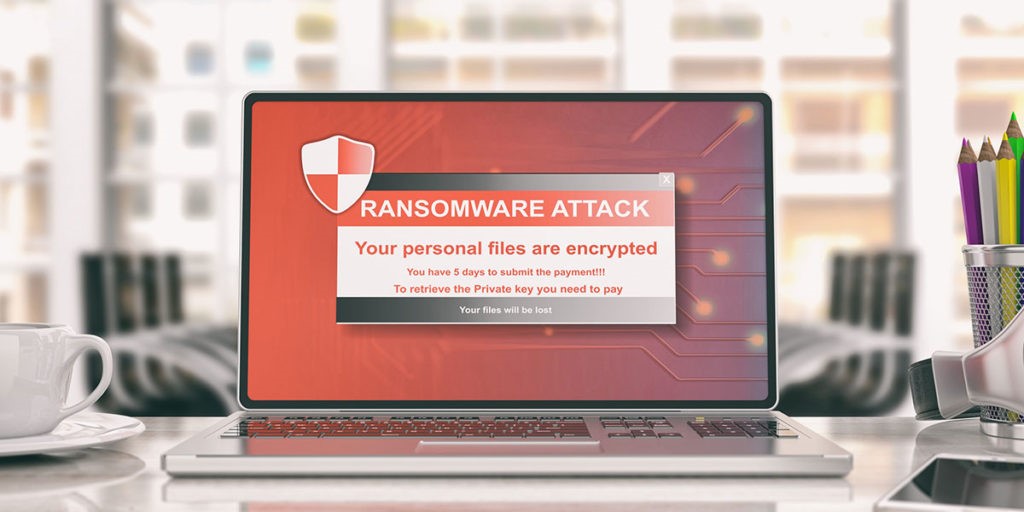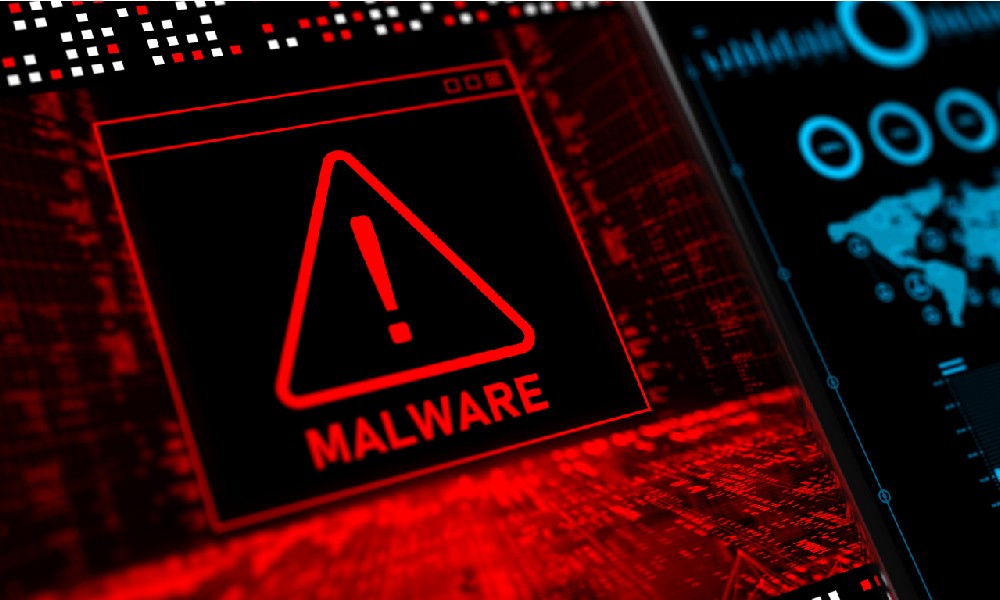
Do you need to worry about malware?
The answer to that question is, Yes, indeed. If you think of malware as a disease for your computer, you get the idea. Like Covid at its height, malware is a virus that can absolutely ravage computers and a computer network. Can malware be avoided? Yes. Can it be removed if you find you have malware on your PC? Yes.
It is possible to have malware on your computer on not know it?
Yes. You may need virus removal software or a laptop repair company
If there is malware on your computer, you don’t want to live with it. Once it’s in your computer, nothing good can happen. The bad guys that installed it can do a variety of nasty things:
- Send inappropriate messages and ads
- Steal information from your computer
- Freeze your computer and demand payments (ransom) to set it free
- Control your computer and make it pretty much unusable
Let’s start with this—recognizing the possible signs of malware.
If your computer (or tablet or phone) starts having problems that it didn’t have before, it could be a sign of malware or some other virus. Here are some hiccups to look for:
- Your computer starts crashing, slows down noticeably, or keeps displaying an error message
- You can’t shut down or restart the computer
- You’re not able to remove software
- You start seeing more pop-up ads and other content instead of what you want
- You begin to see ads on websites or pages where you didn’t see them before
- Strange or new icons or tools/toolbars appear on your browser or desktop
- Your screen displays pages, tabs you didn’t open
- A browser/search engine that’s not your default opens up
- You get email replies to email you didn’t write and send
- The battery drains faster than normal
Anyone of these issues could be a sign of malware.
Let’s talk about why hackers want to place malware on peoples’ computers in the first place. As you might guess, none of the reasons are good. They will use malware to steal important personal information from you, such as…
- Account usernames and passwords
- Bank account numbers
- Social security numbers
- Other personal identifying information
If a cybercriminal successfully infects an organization’s computers, they’ll hold the network hostage. If they attack individuals, they’ll use the data they steal to steal the victim’s identity, if they can.
How Malware Gets on Your Device
The internet was not created with safety in mind. In fact, from the very beginning, the people who developed all our great technologies didn’t concern themselves with security issues.
After all, who could really foresee technology taking over our lives as it has.
So even today, with all the advances made in technology and security, it’s still easy to get malware without doing anything you might consider “horribly wrong or dangerous.” Here a few mistakes that could lead to getting malware.
- Visiting a website that you aren’t aware is a fake
- Downloading “free” files, such as free movies or programs (even though it’s not illegal)
- Downloading any files on popular file-sharing sites
- Uploading files from external storage devices you have
- Clicking on links (inadvertently, innocently) on what are fake security messages (pop ups) from scammers
- Innocently clicking on what looks like a real ad, but is fake and launches the malware
- Clicking on links in an email that seemed safe and legitimate yet was anything but.
We have found that there are certain behaviors and habits that have a higher likelihood of bringing malware closer than you want. And once you discover malware is on your computer, you need to take on a new set of rules to follow until you’re certain the malware is gone. Let’s take a look at what those are.
Important Steps to take if you have malware on your device:
- Stop your normal routine. You definitely don’t want to do any shopping, banking or other online activity that involves entering usernames and passwords—you simply can’t take any more risks. Use a different computer if you have to go online.
- Run security software on your computer. Ideally, you’ll have some type of security software on your computer. If you can, download a well-know, reputable security software package on your computer and run the program.
- Update the current version of Windows. Update your computer or device operating system software. Almost all PCs run on Windows; Mac owners use the macOS system. Either way, make sure the version you are using has the latest updates. This is a must! Not updating your operating system can oftentimes lead to computer viruses or hacks. You’ll also want to update any other software programs you use, as well as the “firmware” on your router.
- Run an anti-malware program. The latest antivirus programs also offer antimalware protection. Download a top program if you can and delete files that it marks as problematic. Follow the instructions—you may want to consider taking your PC into a shop that can run diagnostics and help troubleshoot and/or eliminate the problem.
When an antivirus/malware scan finds no more problematic or suspect files on your computer, the program has most likely removed the malware.
If you can’t remove your malware, you made need to call a computer repair company to help you.
Treasure Coast Network Solutions
Email: sginter47@gmail.com


